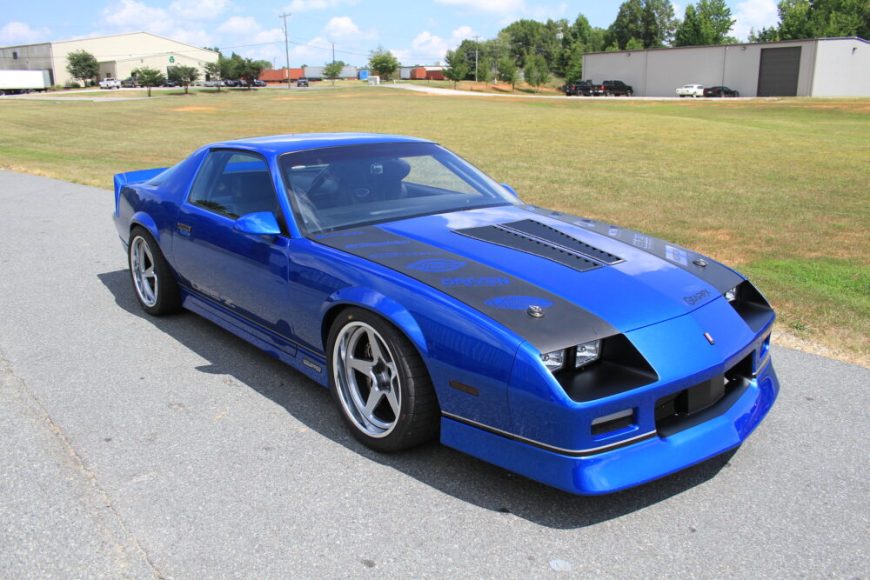
Pop-up headlights have long been a defining feature of classic sports cars from the 1970s through the early 1990s. Iconic models like the third-generation Chevrolet Camaro, Mazda RX-7, and certain Corvettes relied on these retractable lights to create a sleek, aerodynamic profile. While pop-up headlights were visually striking, they came with a host of mechanical challenges. Motors could fail, lenses could fog, and the lighting performance often lagged behind modern standards. For enthusiasts looking to improve reliability, safety, and style, converting pop-up headlights to fixed, aftermarket units has become a popular solution.
Why Consider a Headlight Conversion?
The primary motivation for converting pop-up headlights is performance and reliability. Original halogen or sealed-beam pop-up headlights were adequate for their time but often suffer from dim output and inconsistent beam patterns. Replacing them with fixed LED or projector headlights dramatically improves nighttime visibility, making driving safer on highways and rural roads alike. Additionally, removing the mechanical pop-up system eliminates a common point of failure. Motors, relays, and linkages can wear out over time, leaving drivers with stuck or inoperable headlights.
A secondary benefit is aesthetics. Fixed headlights allow for more modern designs and clean integration into the front fascia of the vehicle. Many aftermarket units offer smoked lenses, halo rings, or LED DRL strips, giving classic cars a contemporary look while maintaining the vehicle’s original charm.
Types of Aftermarket Conversions
Aftermarket conversions generally fall into two categories: bolt-on fixed headlights and custom retrofit kits.
-
Bolt-On Fixed Headlights: These units are designed to replace the pop-up assembly directly, requiring minimal modifications. They often come with LED or HID options and provide an instant upgrade in brightness and reliability.
-
Custom Retrofit Kits: For enthusiasts seeking a more integrated or performance-oriented solution, custom kits allow for tailored headlight assemblies. These kits may include projector lenses, advanced LED modules, or even custom housings that fit flush with the original body lines. While they require more fabrication and time, the result is a truly unique and functional upgrade.
Installation Considerations
Converting pop-up headlights to fixed units involves several key considerations. First, proper alignment is crucial for safety and compliance with road regulations. Misaligned headlights can blind oncoming drivers or provide poor illumination. Second, wiring and electrical modifications are often required, especially if the original pop-up motors are removed. Many kits provide plug-and-play harnesses, but some customization may be necessary. Finally, some conversions may require modifications to the hood or front bumper to accommodate new dimensions, so careful measurement and planning are essential.
Supporting Upgrades
While converting to third gen Camaro headlights, it’s an ideal time to upgrade other lighting elements. LED taillights, side markers, and turn signals can improve overall visibility and modernize the vehicle’s appearance. Many enthusiasts also opt for upgraded relays or fuses to handle the increased electrical load from LEDs or HID systems. Additionally, a proper headlight alignment tool can ensure the beam pattern is optimized for both safety and aesthetics.
Pop-up headlights are an iconic part of automotive history, but they are not without their limitations. For owners of classic cars, aftermarket conversions to fixed headlights offer a perfect balance of style, safety, and reliability. Whether you choose a bolt-on solution or a fully custom retrofit, upgrading your headlights can dramatically improve night driving performance while giving your vehicle a modern, refreshed appearance. With careful planning, quality parts, and attention to detail, a headlight conversion can transform a classic car into a safer, more enjoyable, and visually striking machine.